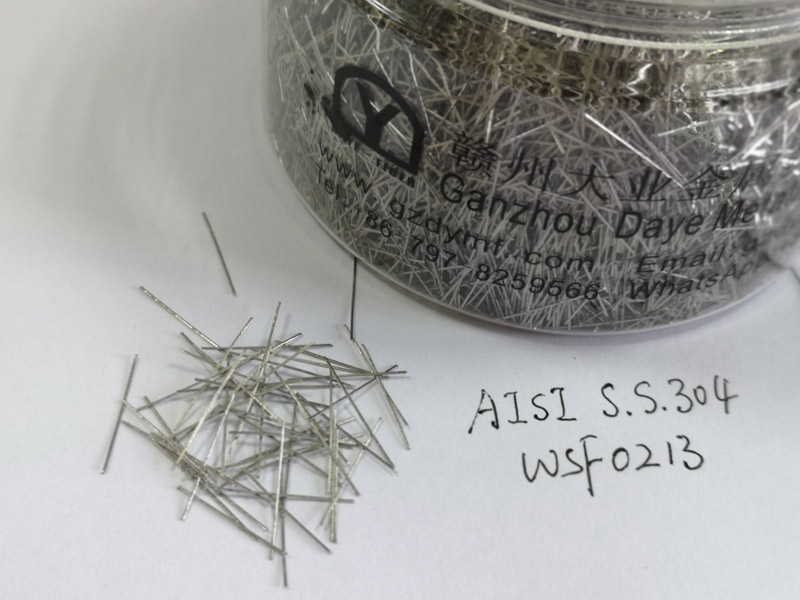Application of stainless steel fibers in 3D printing
 Mar 28, 2023|
Mar 28, 2023| View:1123
View:1123Due to their unique mechanical and physical properties, stainless steel fibers have become a popular material for a variety of industrial applications. As a result, they have found their way into 3D printing, a relatively new technology that allows for the production of complex shapes and designs. By adding stainless steel fibers to the 3D printing process, manufacturers can create stronger, more durable products. In this article, we'll explore the benefits and challenges of using stainless steel fibers in 3D printing.

stainless steel fibers are made from steel wire that is drawn, rolled and cut to a specific size. They are then blended with a printing material, usually a polymer, to create a composite material that can be used in the 3D printing process. Adding stainless steel fibers to the printed material enhances the mechanical properties of the final product, such as increased strength and stiffness.
1. The main advantages of using stainless steel fibers in 3D printing.
(1) The ability to create parts that can withstand high temperatures and pressures.
For example, 3D printed engine parts can be reinforced with stainless steel fibers to improve their heat and corrosion resistance. In addition, the fibers increase the tensile, compressive and bending resistance of the product, making it more durable and long-lasting.
(2) Reduce material waste.
Traditional manufacturing methods, such as forging and casting, can result in significant material waste due to excessive material removal processes. In 3D printing, the printed material is used only where it is needed, reducing waste and making the process more environmentally friendly.
2. The challenges of using stainless steel fibers in 3D printing.
(1) Achieving a uniform dispersion of fibers in the printed material.
Uneven distribution can lead to weak links in the product, which can reduce its overall strength and stability.
(2) The diameter and length of the fibers must be considered when adding them to the 3D printed material.
This is because it affects the properties of the final product.
To overcome these challenges, manufacturers are developing new ways to blend and distribute stainless steel fibers into printed materials. These methods ensure that the fibers are uniformly distributed and that the final product meets the required mechanical properties. In addition, research is being conducted to determine the optimal size and composition of stainless steel fibers that produce the best results in 3D printing.
In summary, the use of stainless steel fibers in 3D printing offers many advantages, such as increased strength and durability, reduced material waste, and improved environmental sustainability. Despite the challenges associated with the use of stainless steel fibers in 3D printing, ongoing research and development will continue to improve the process and expand the applications of the technology. By incorporating stainless steel fibers into 3D printing, manufacturers can produce high-quality, customized products that meet the needs of various industrial sectors. For more detailed information, please feel free to contact us!




